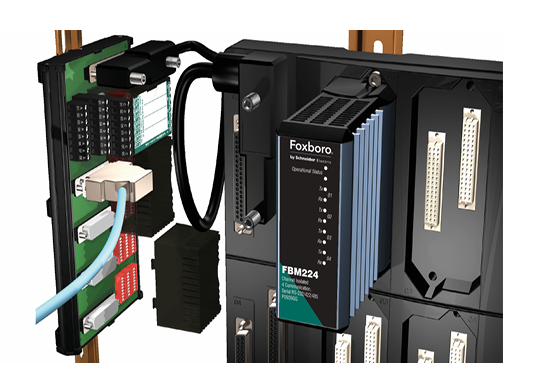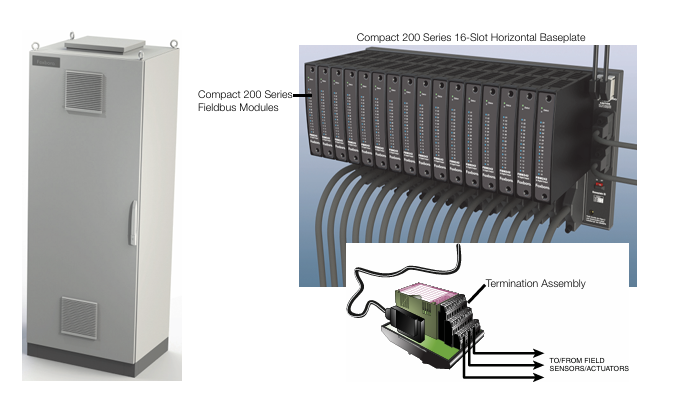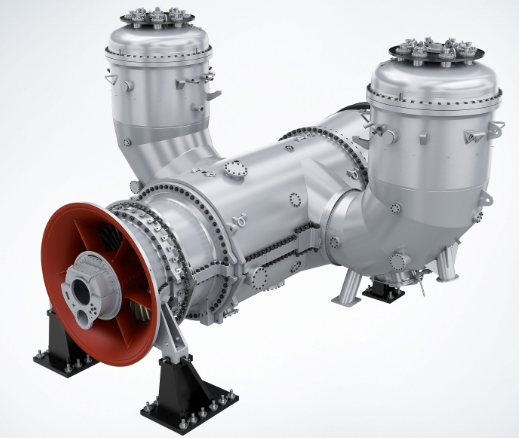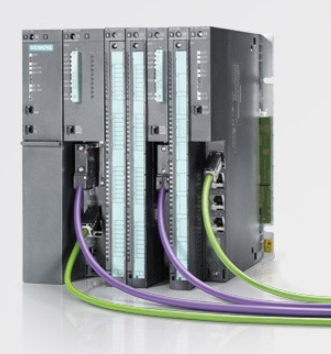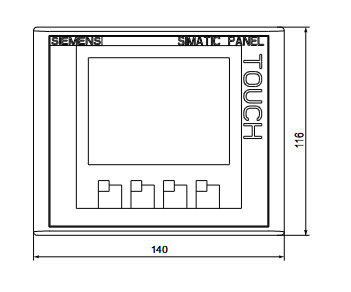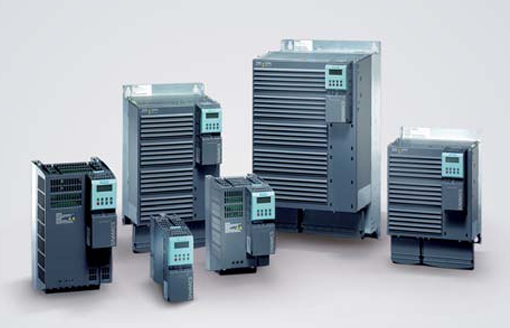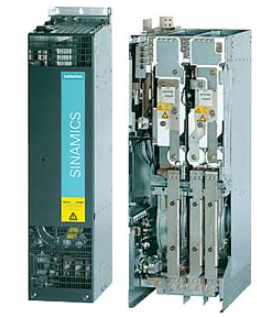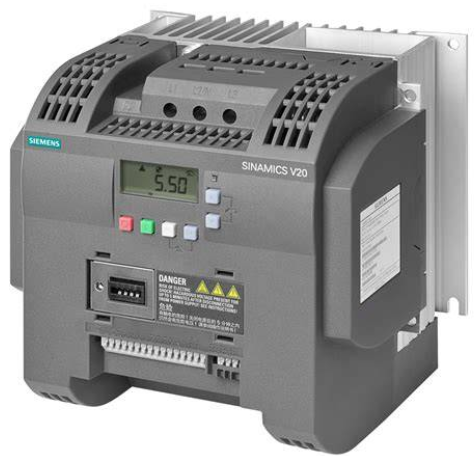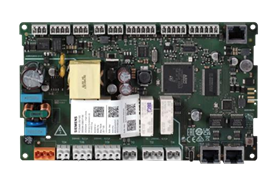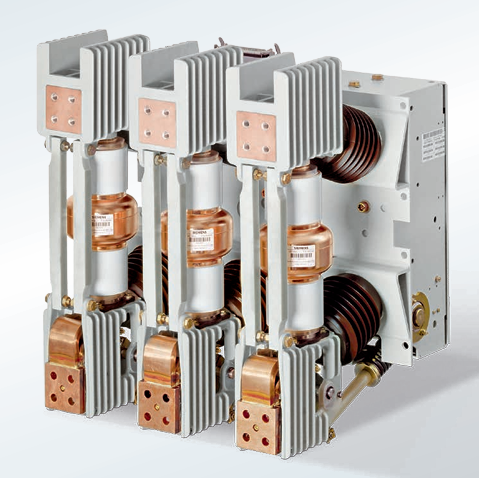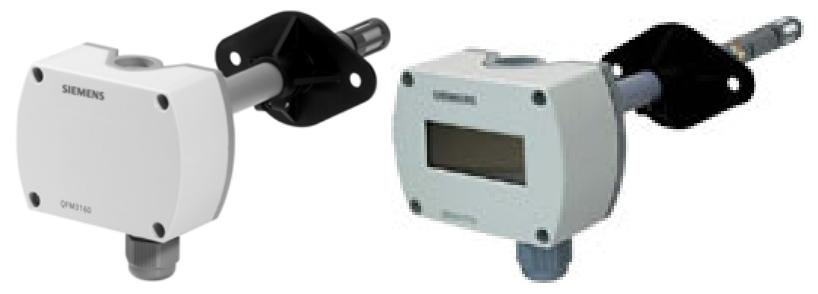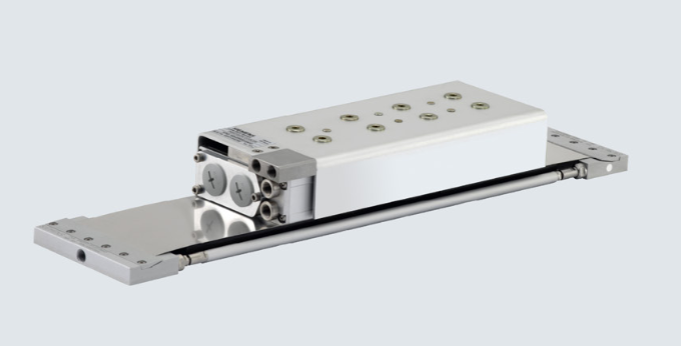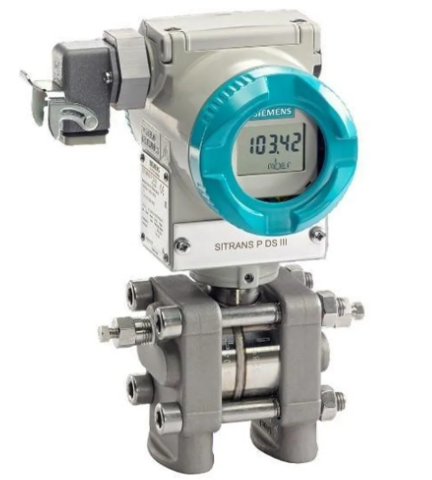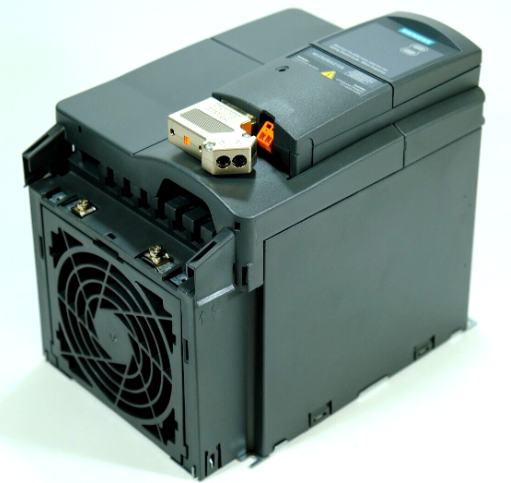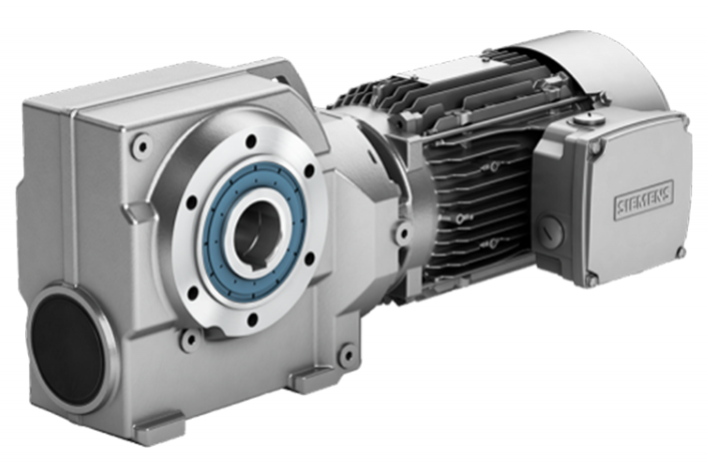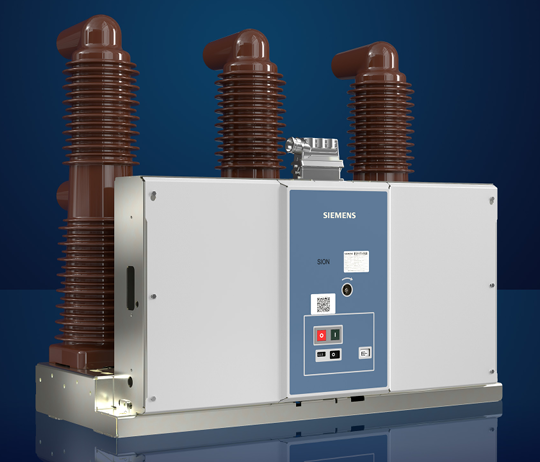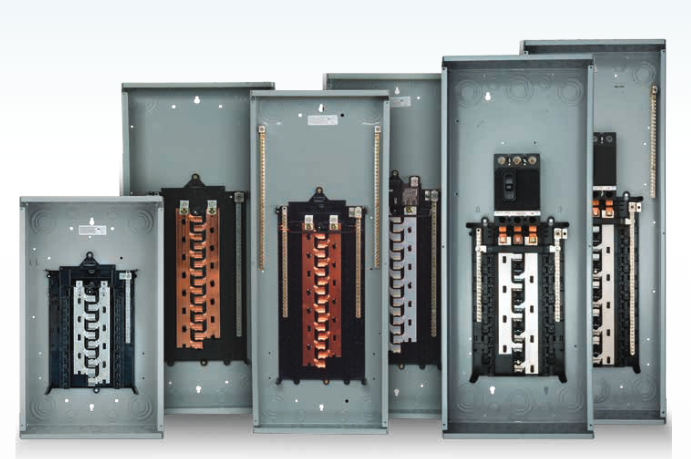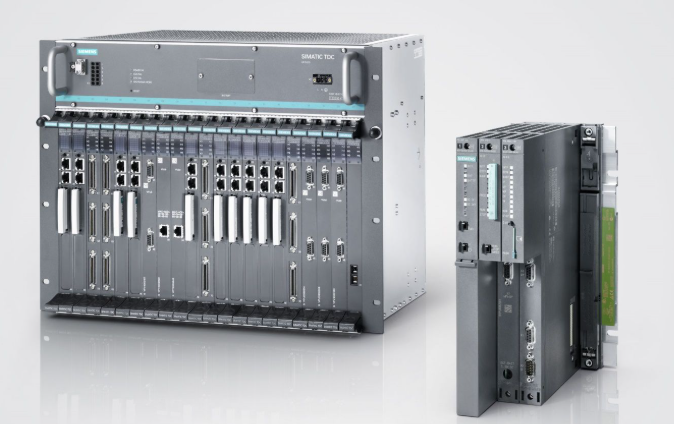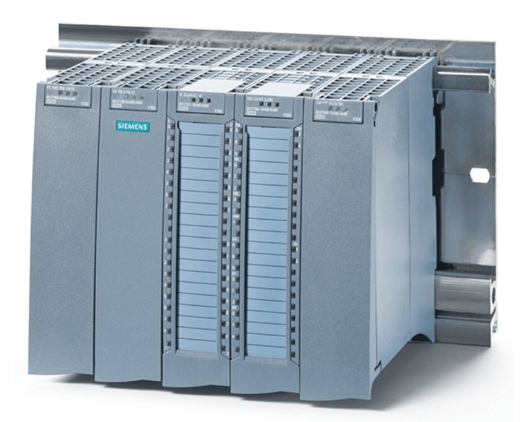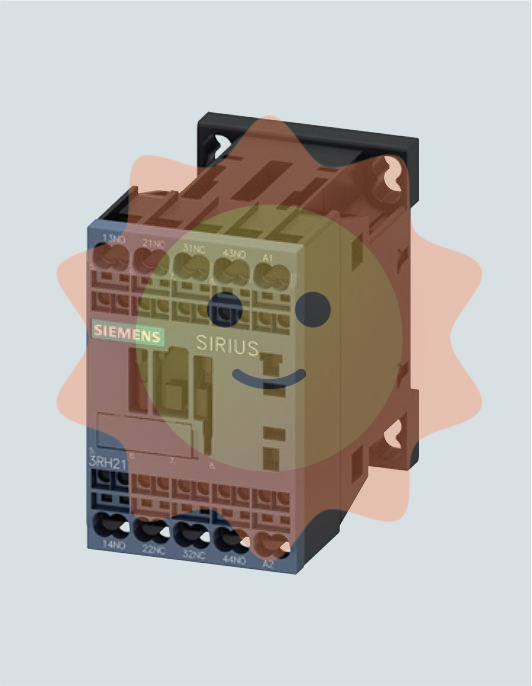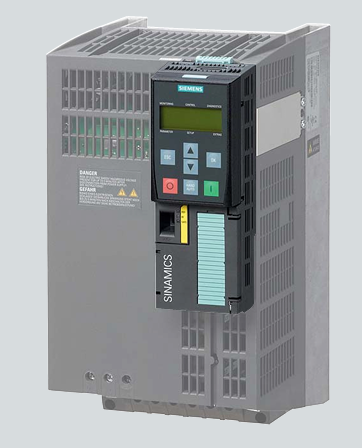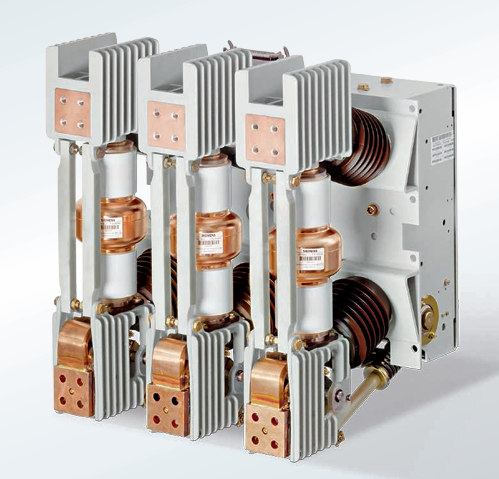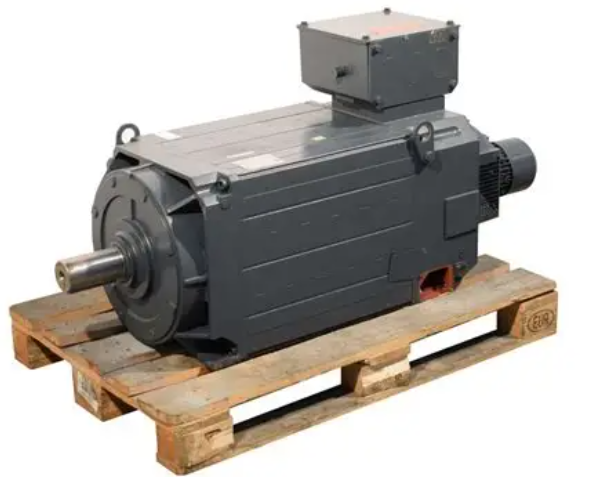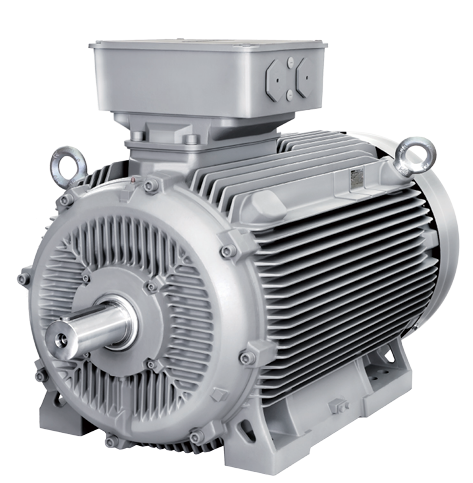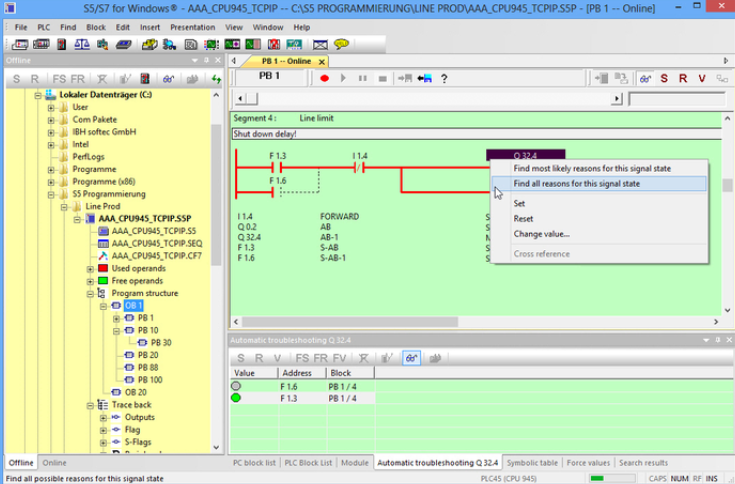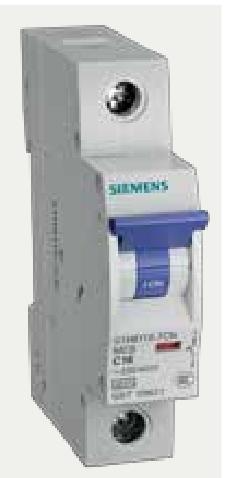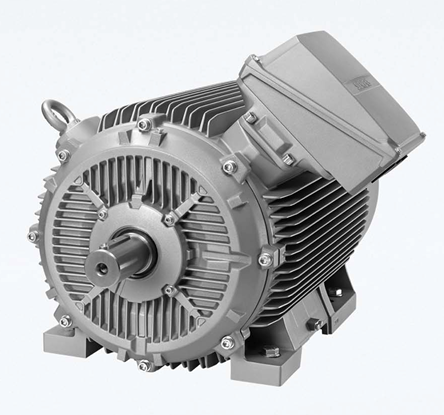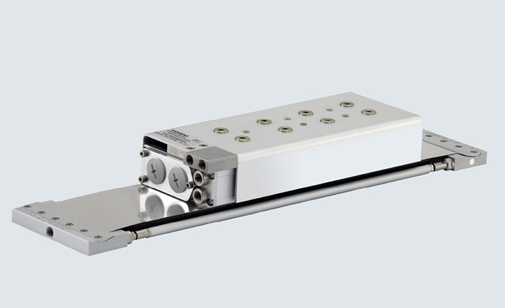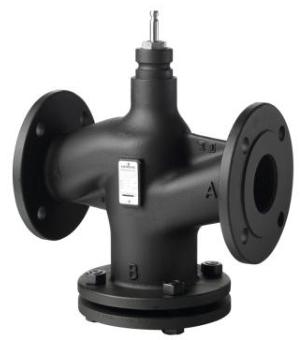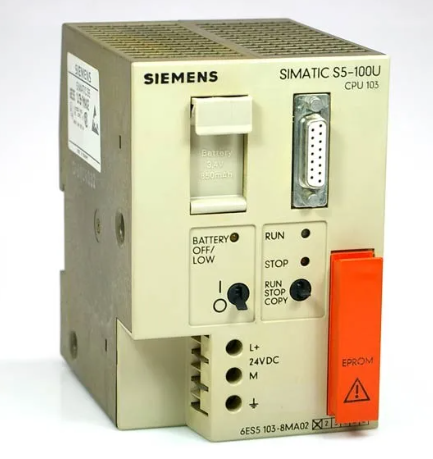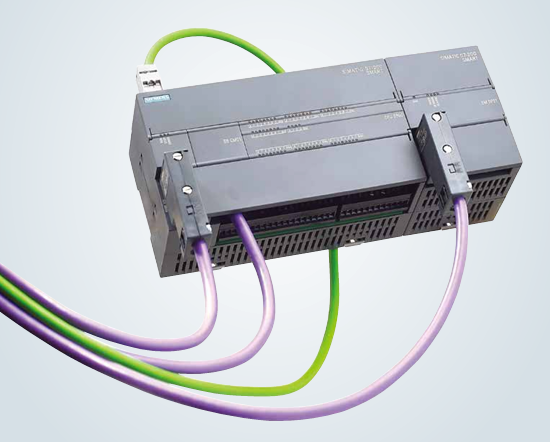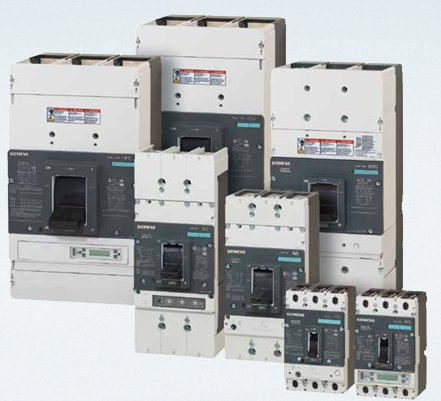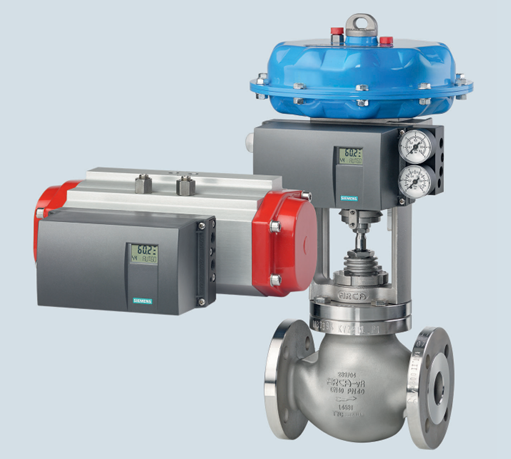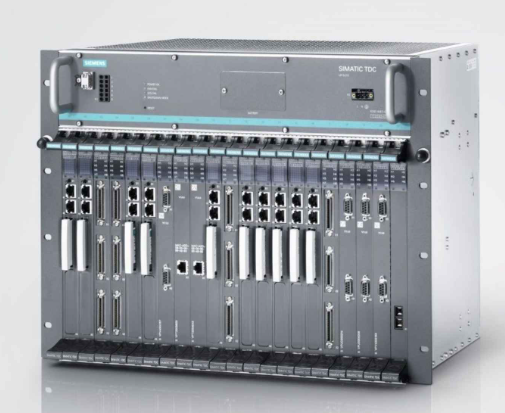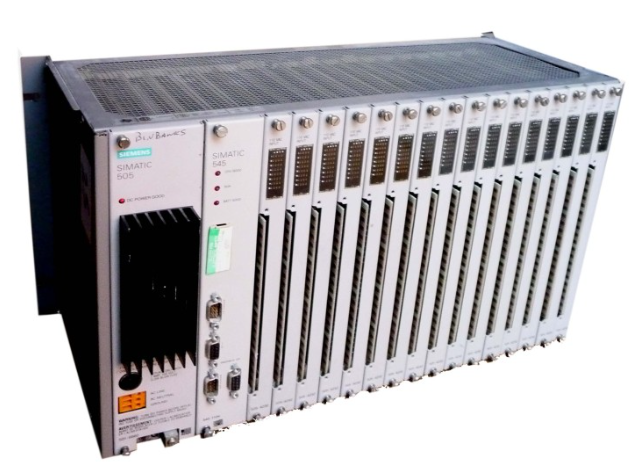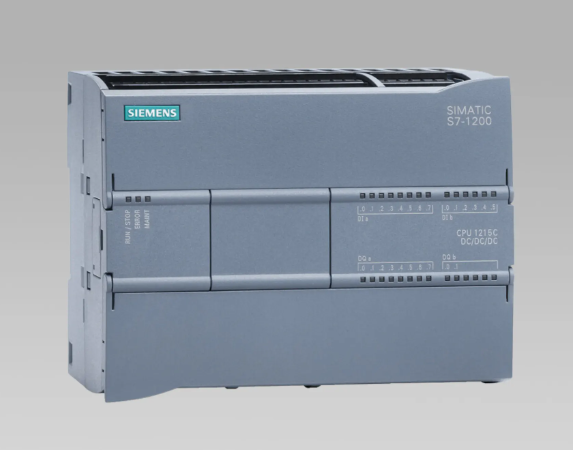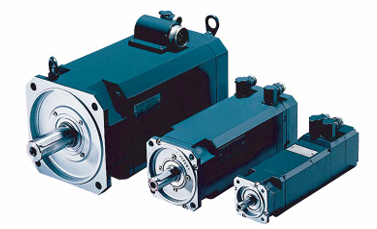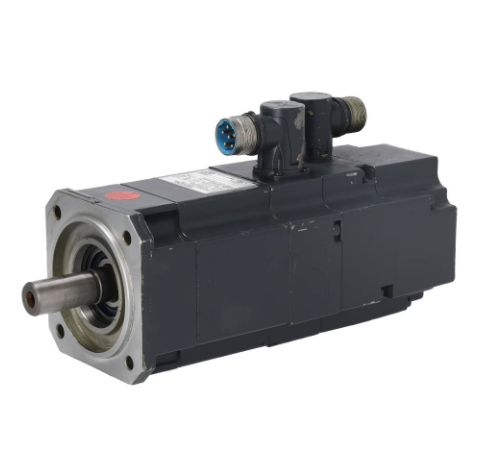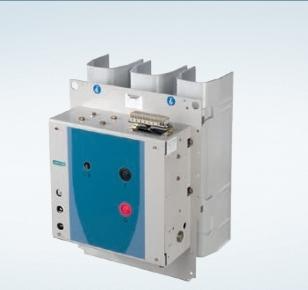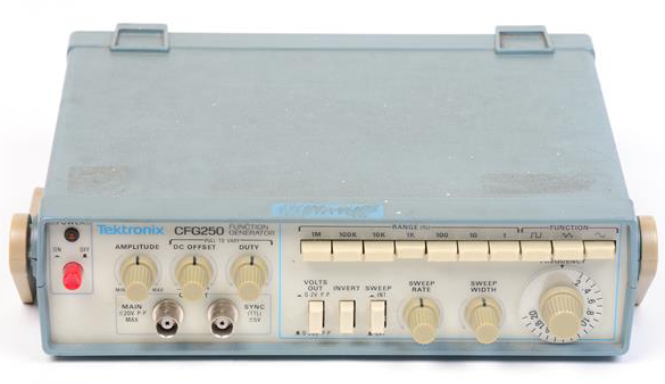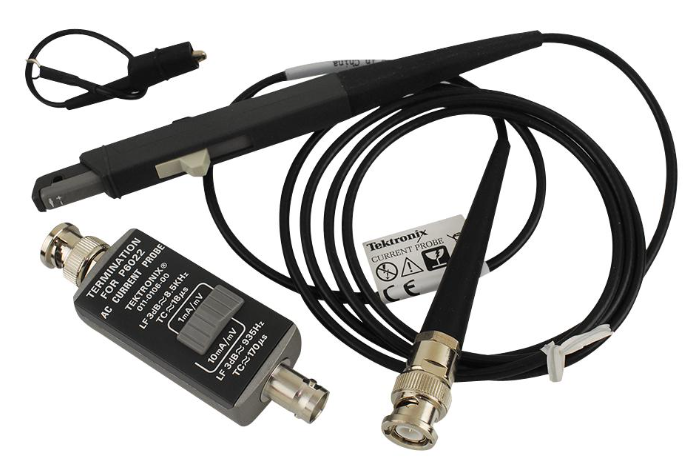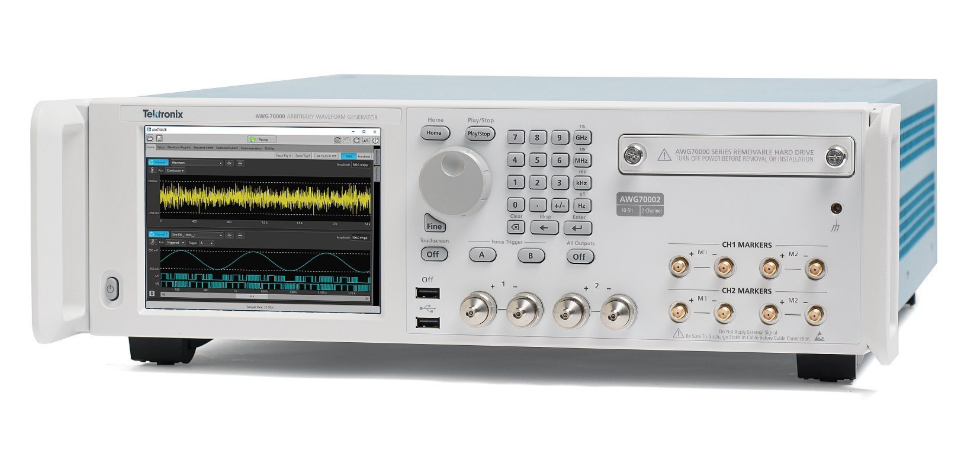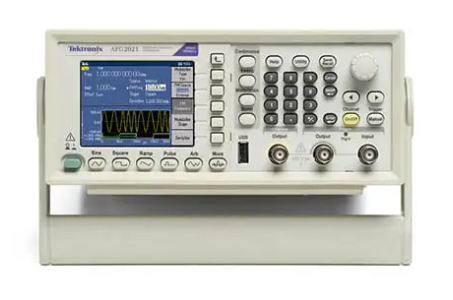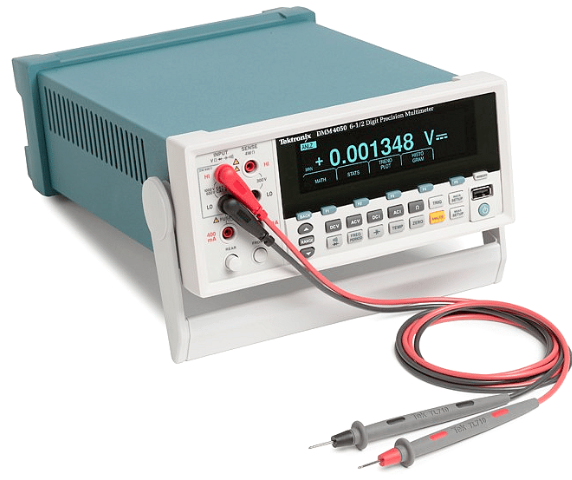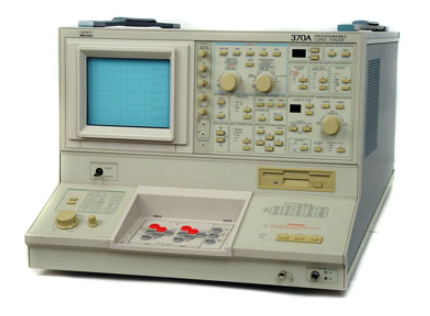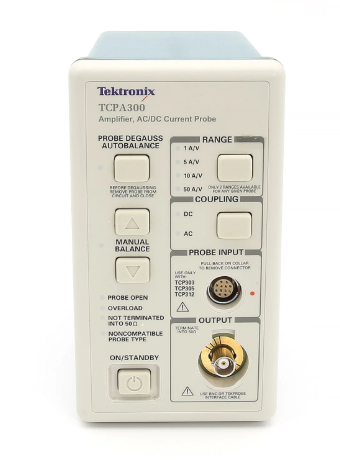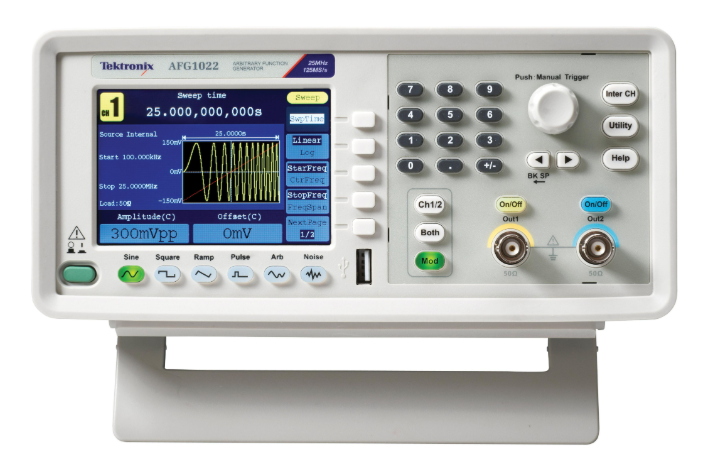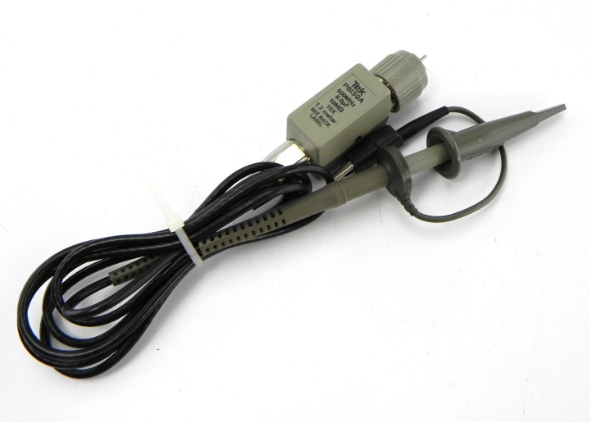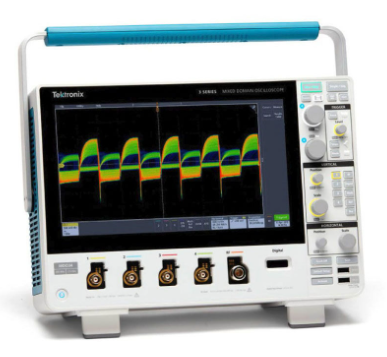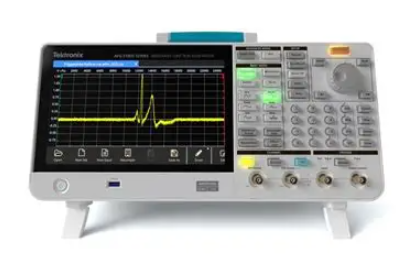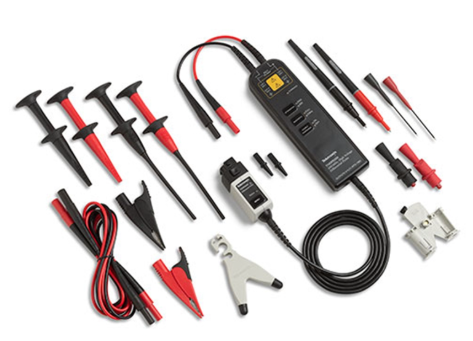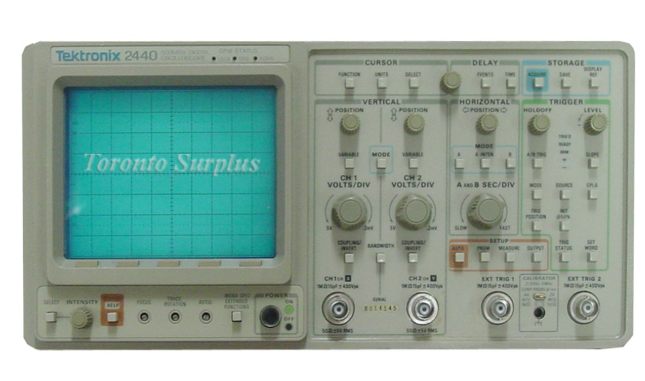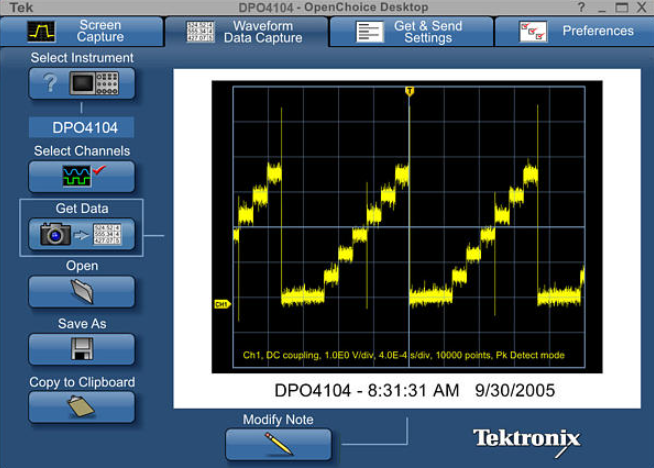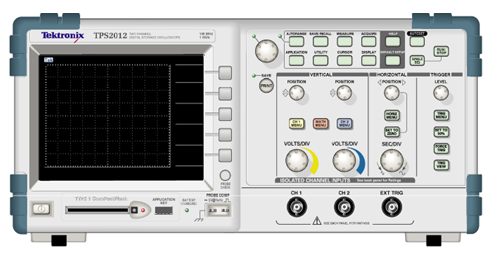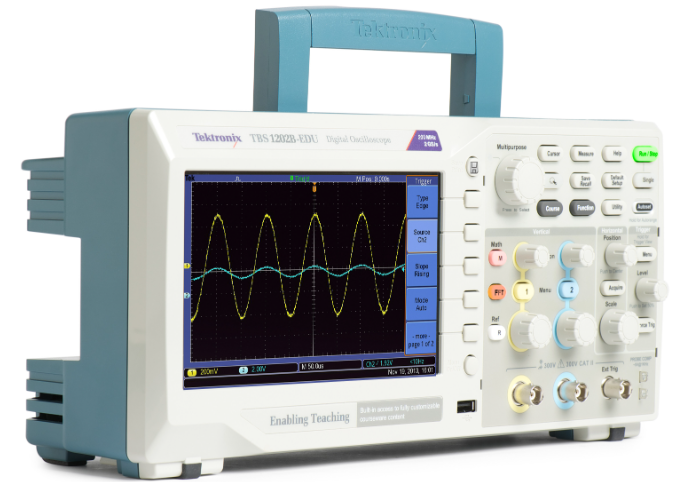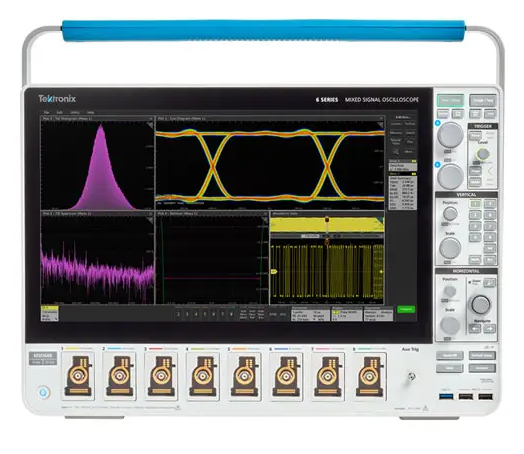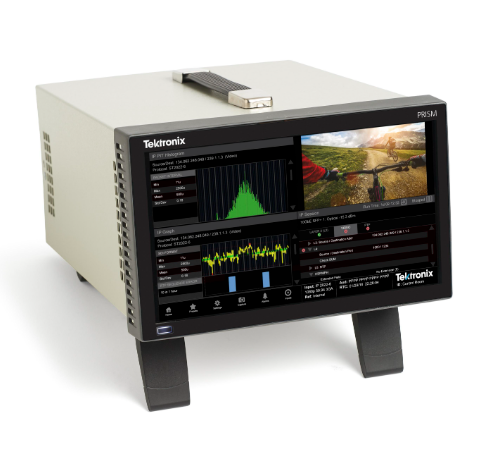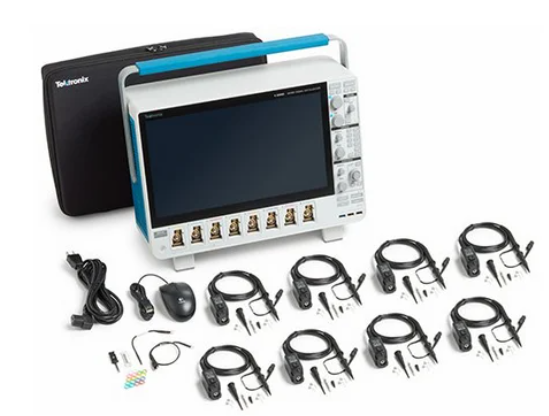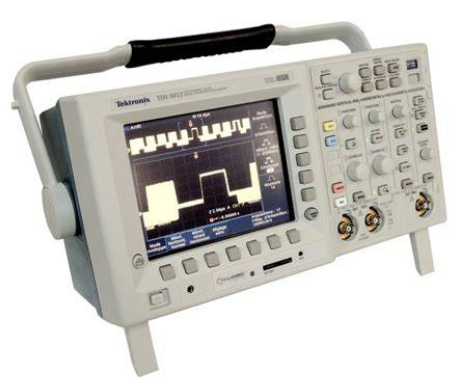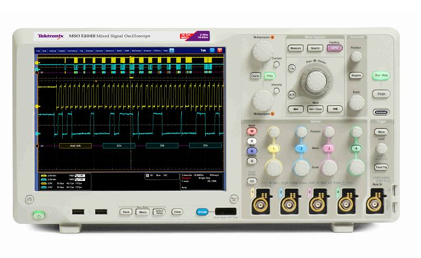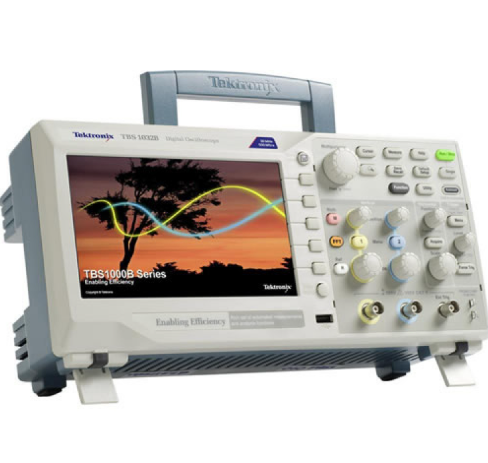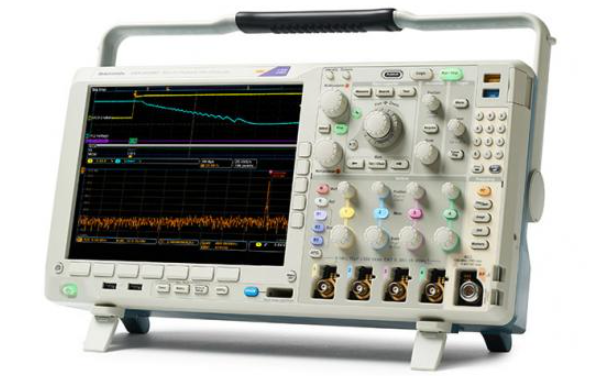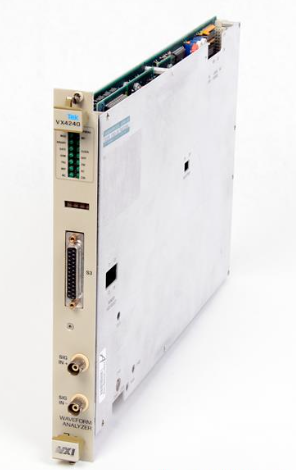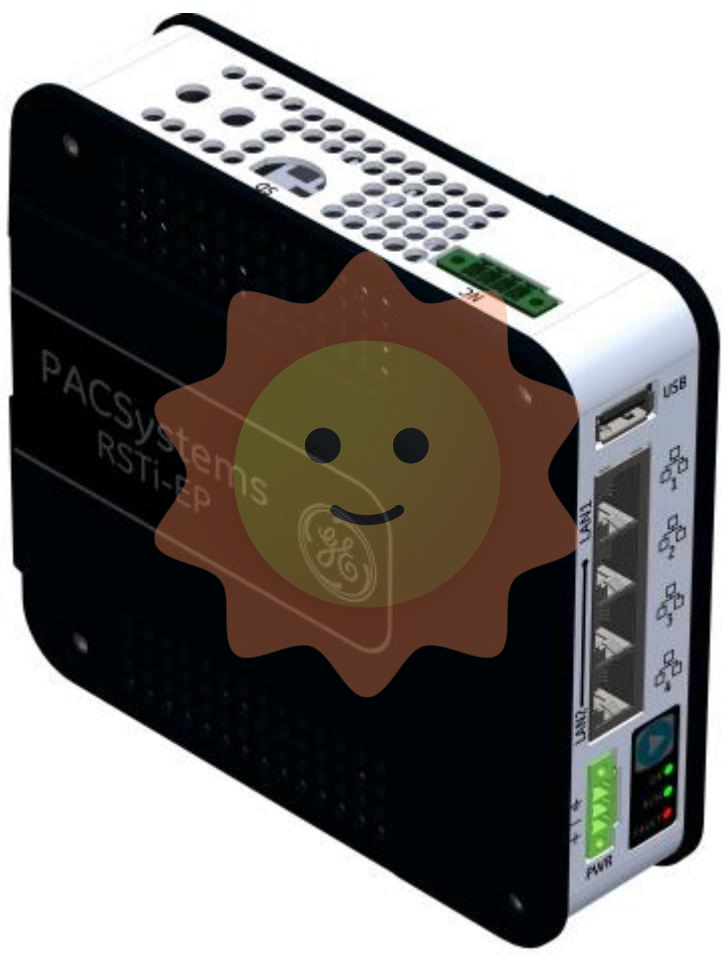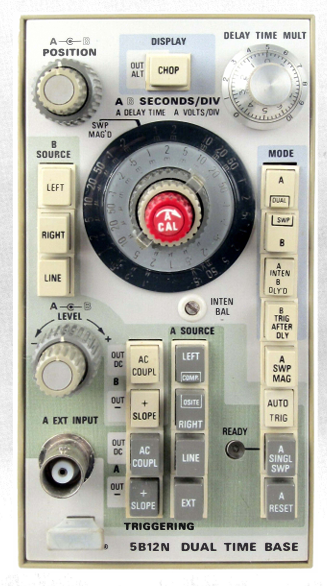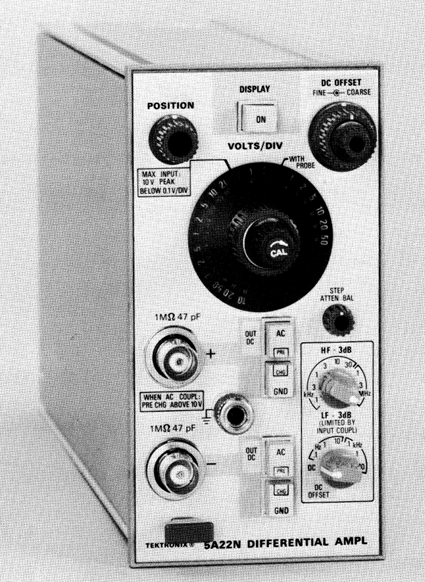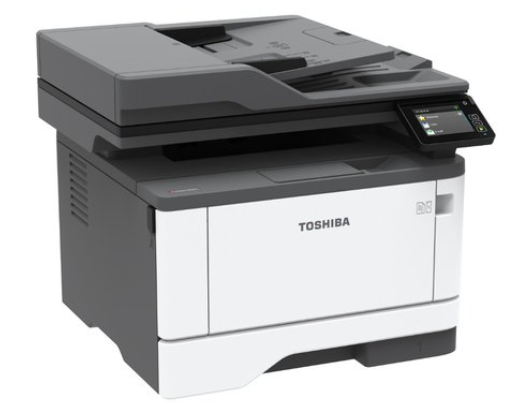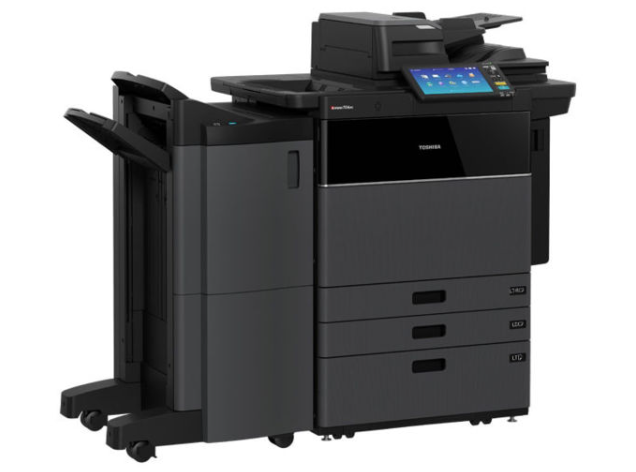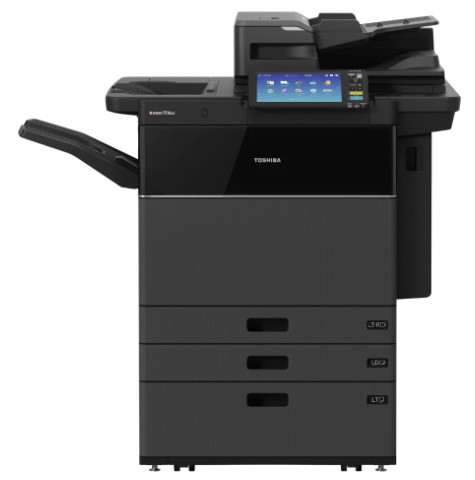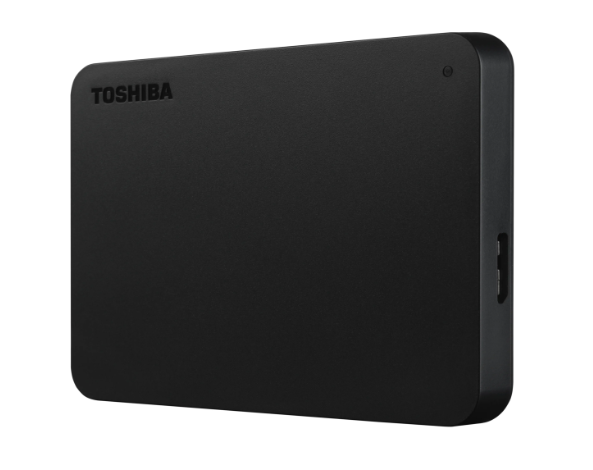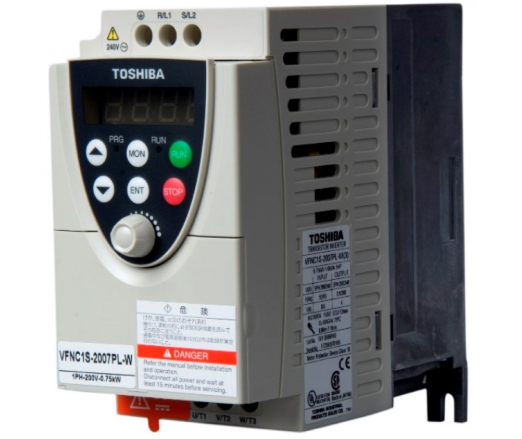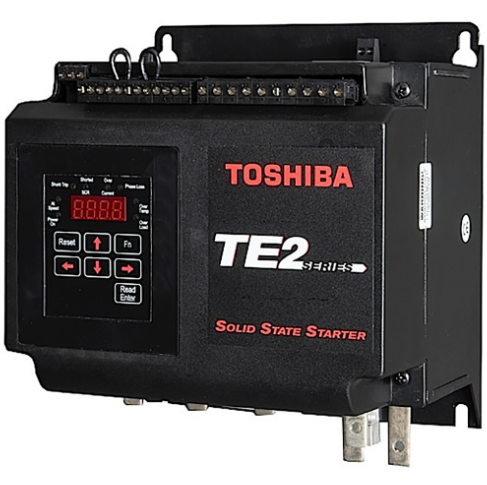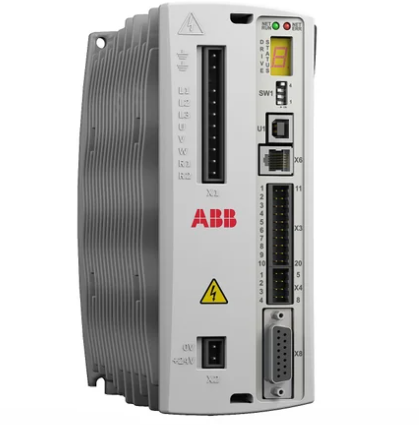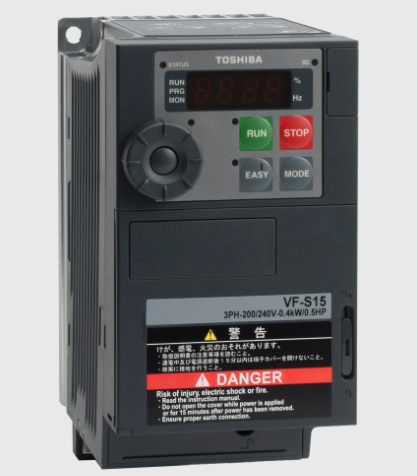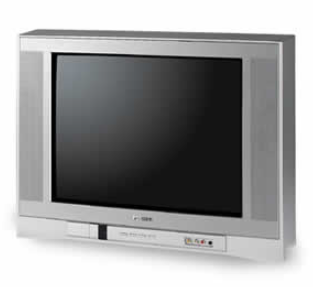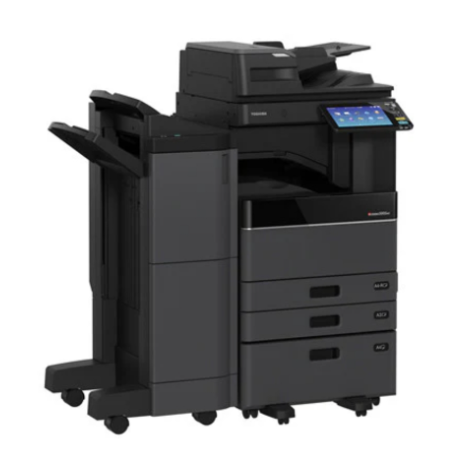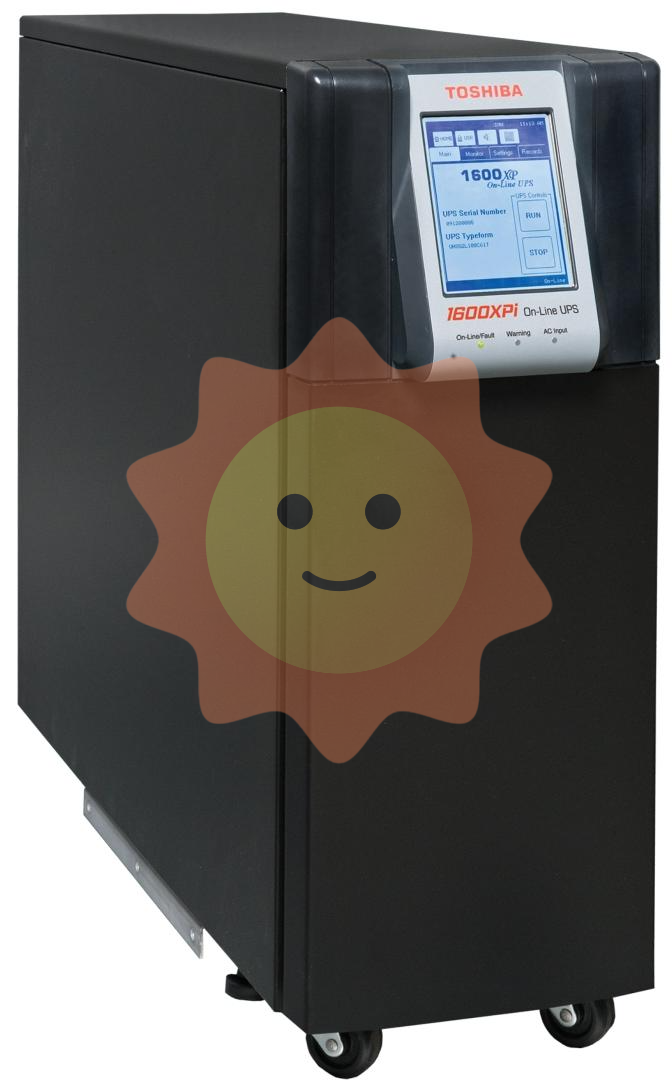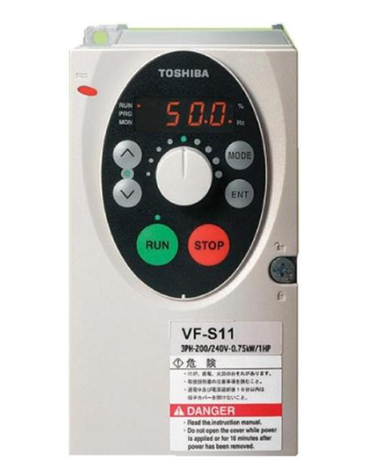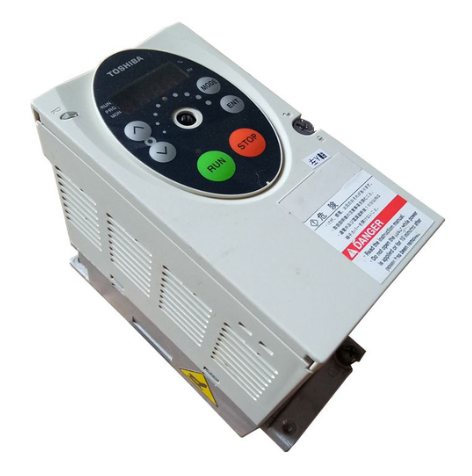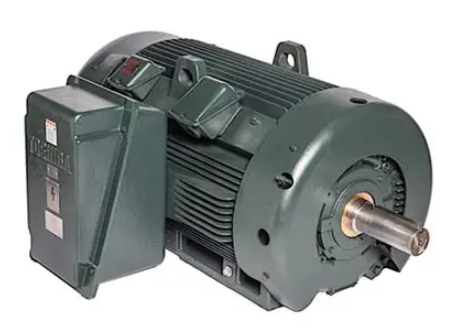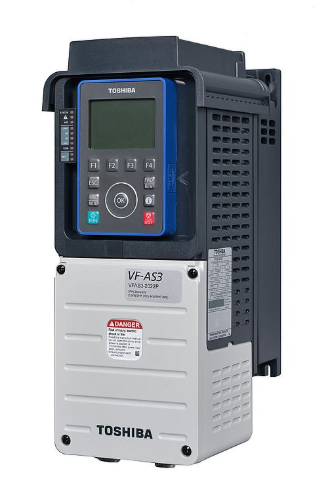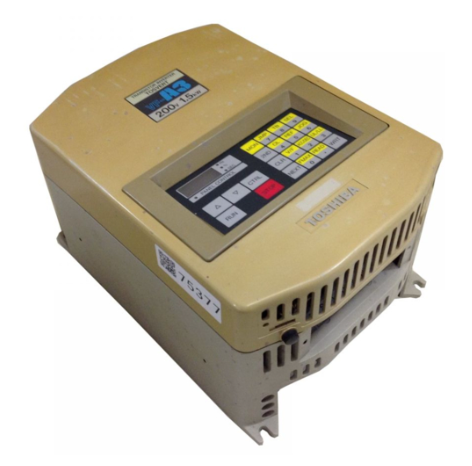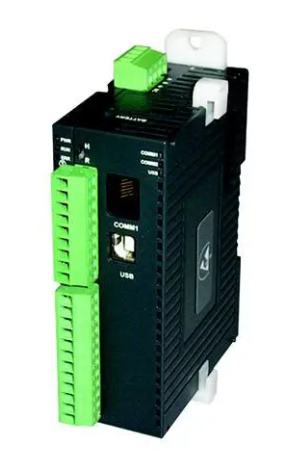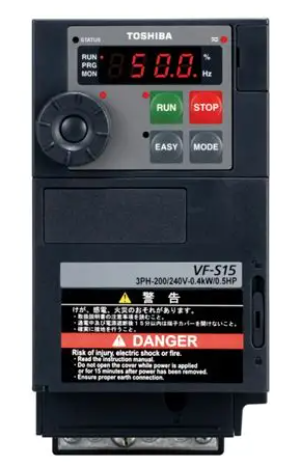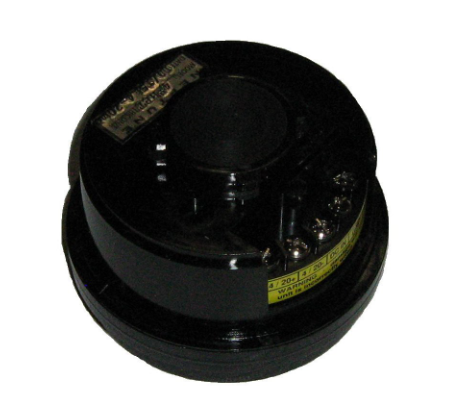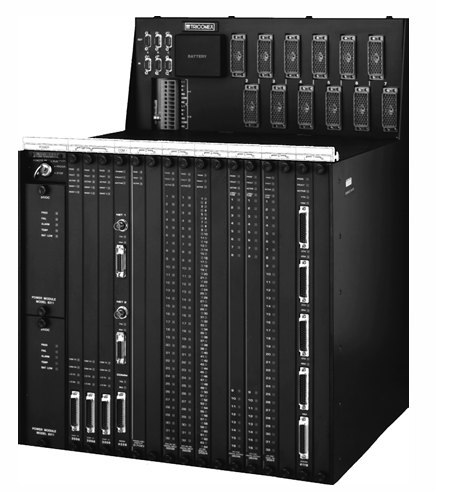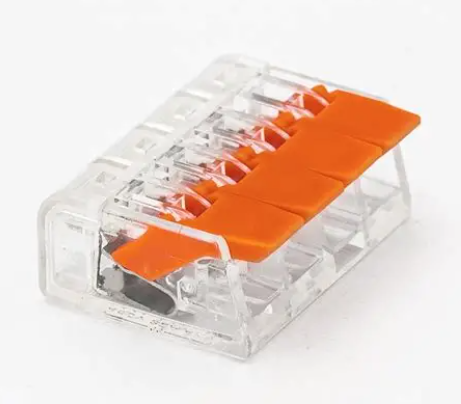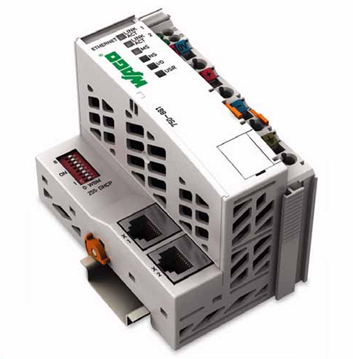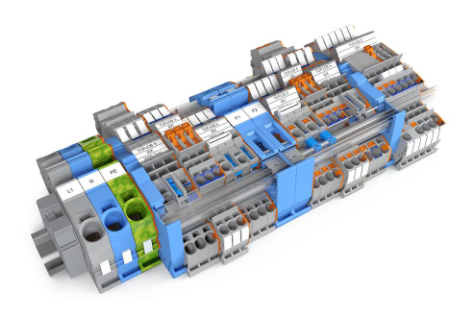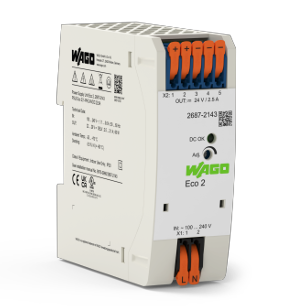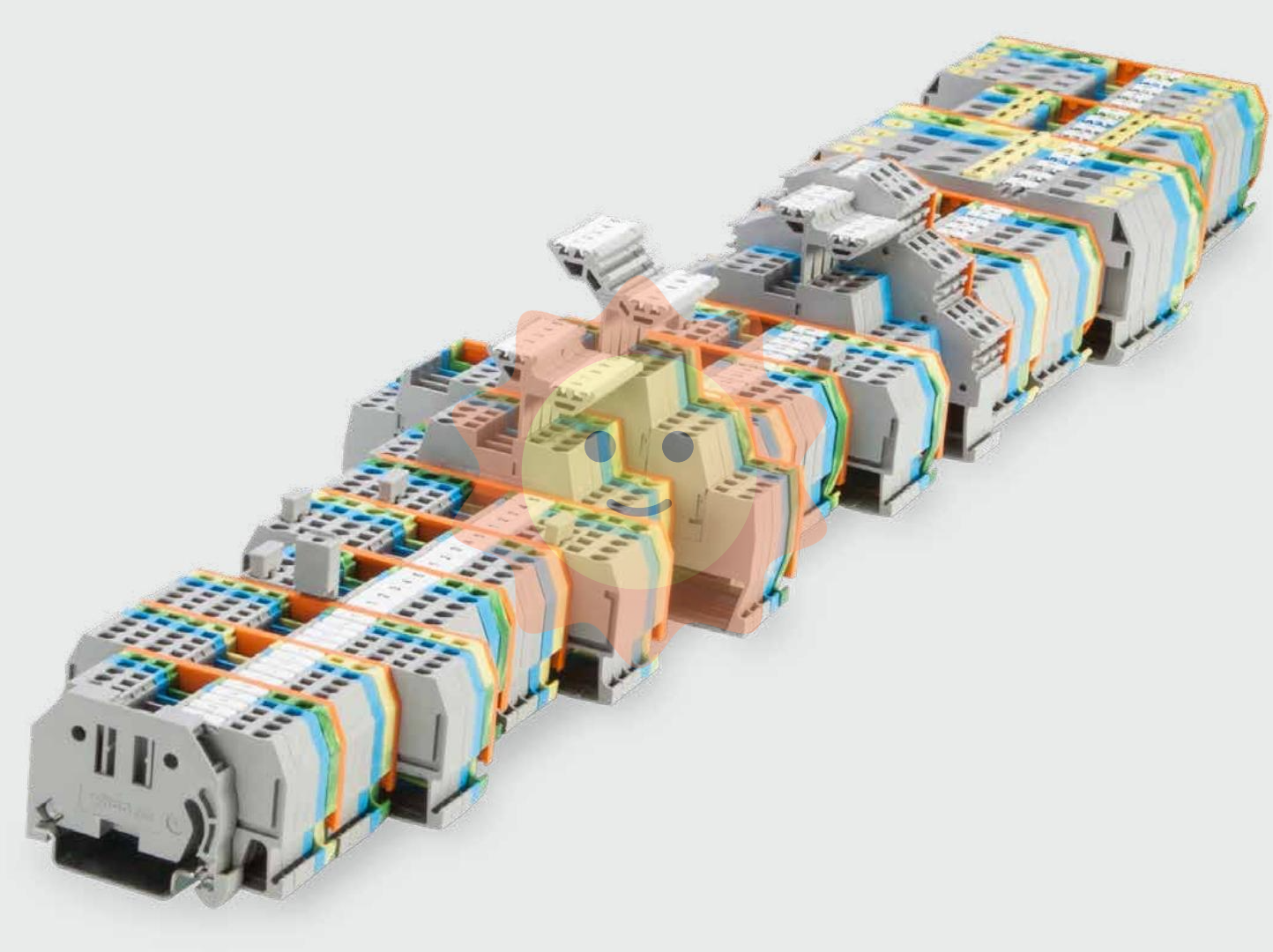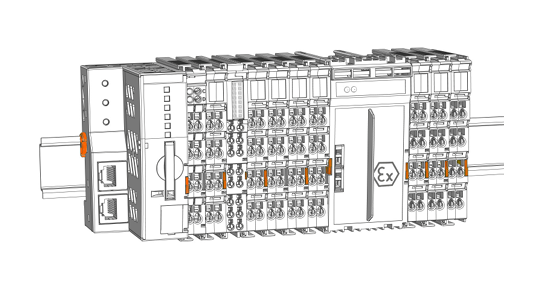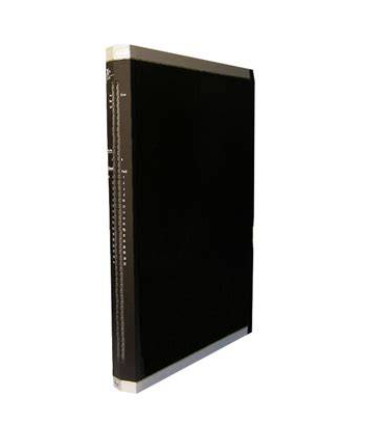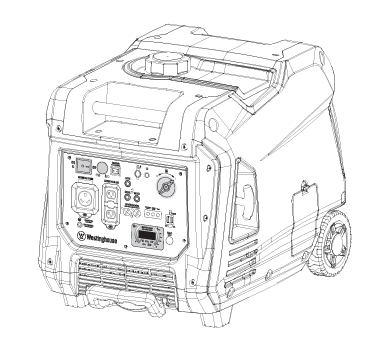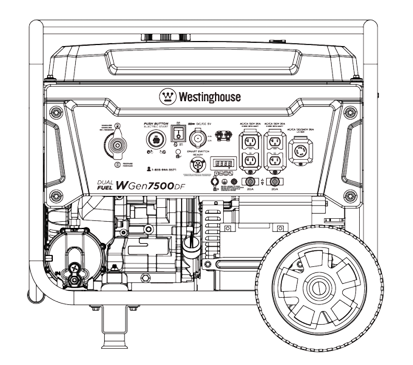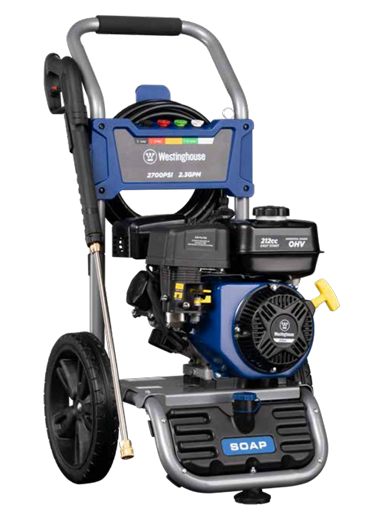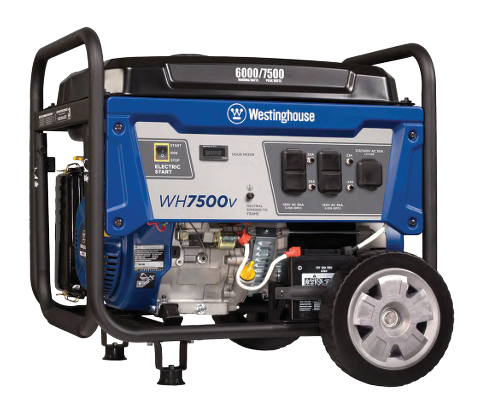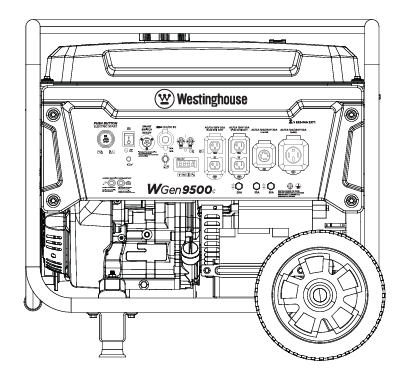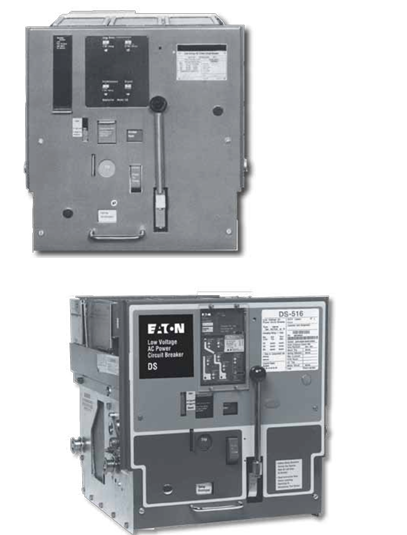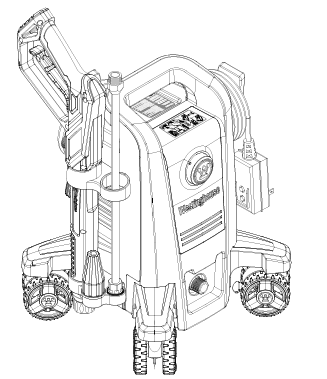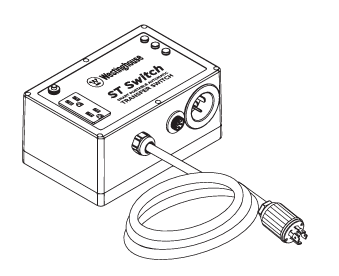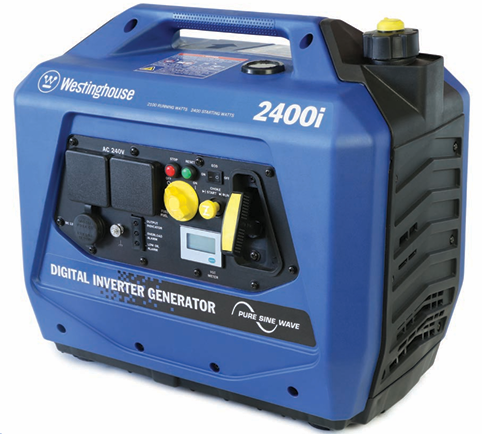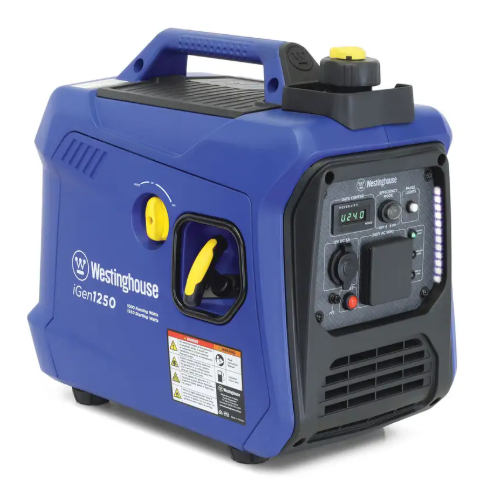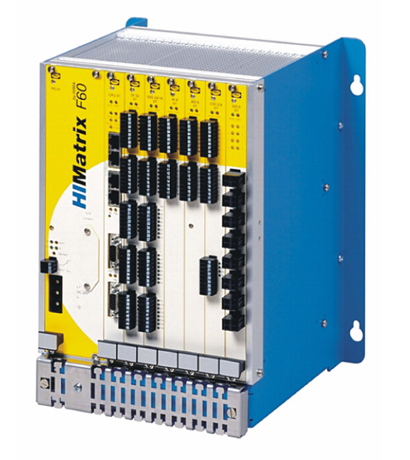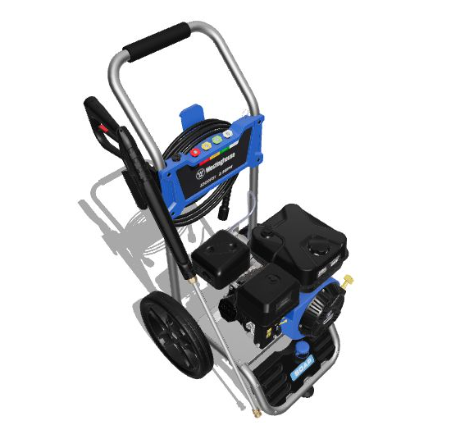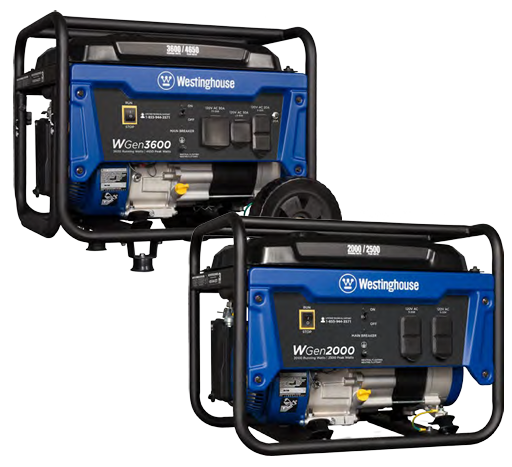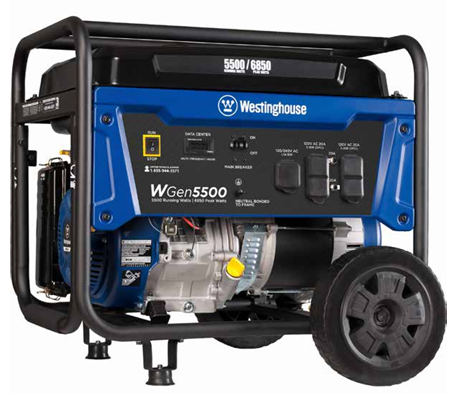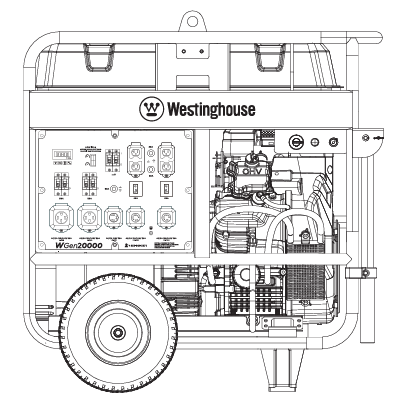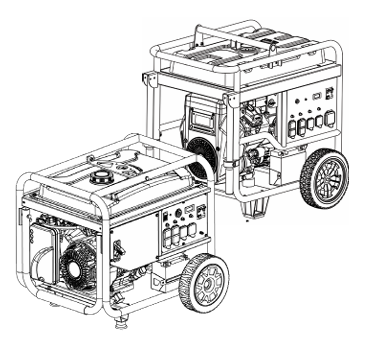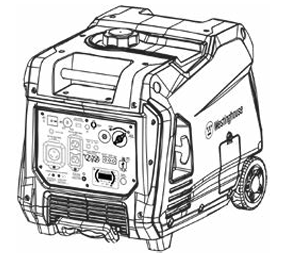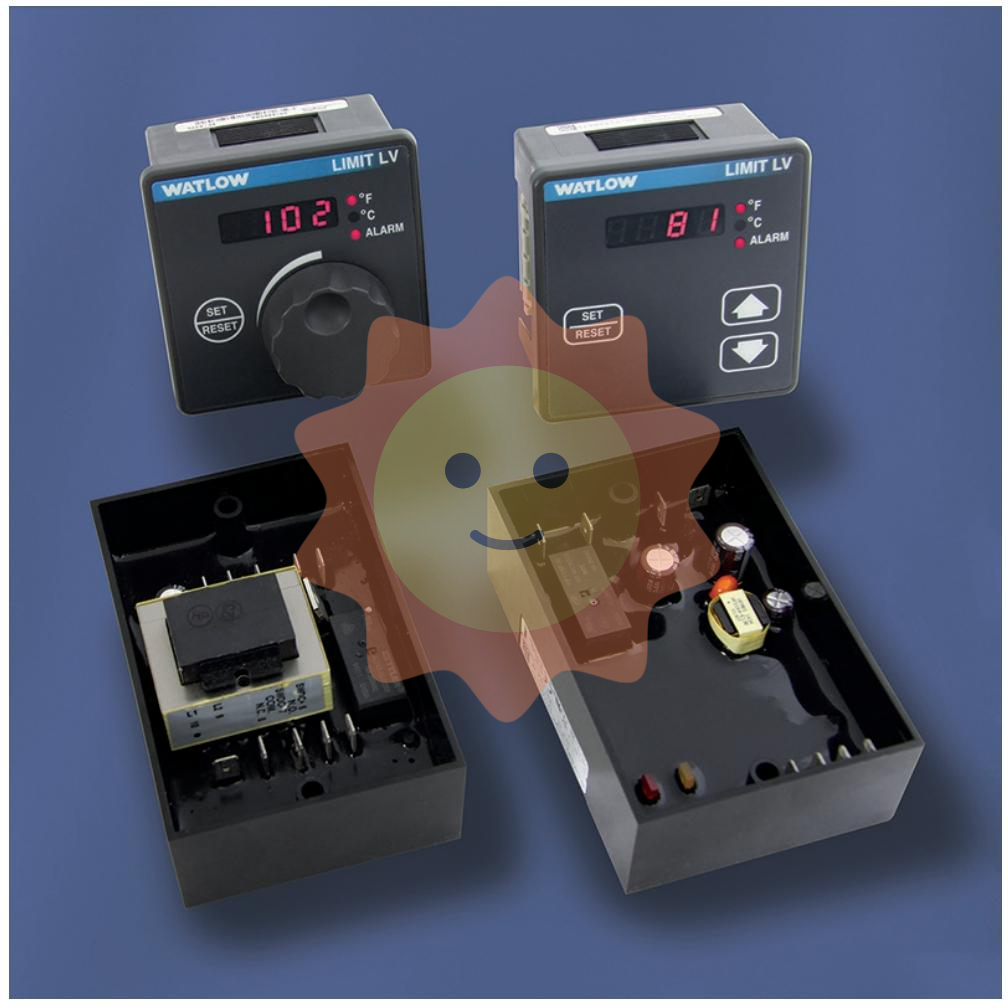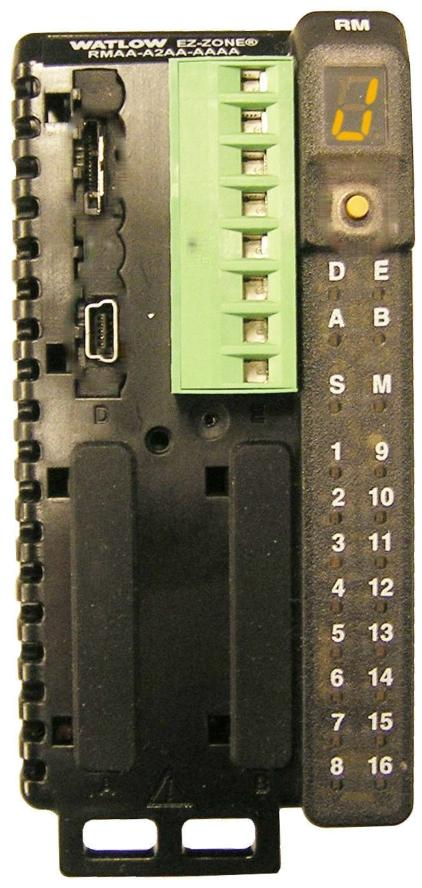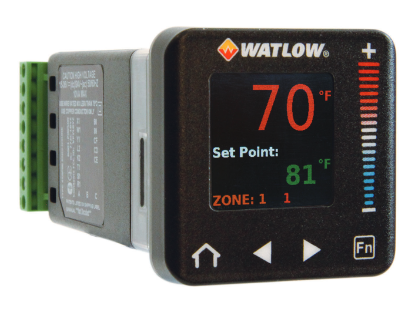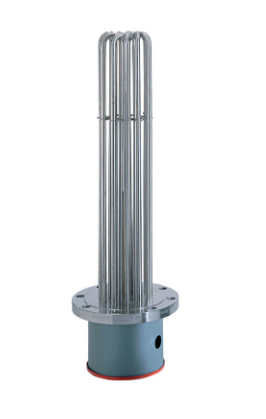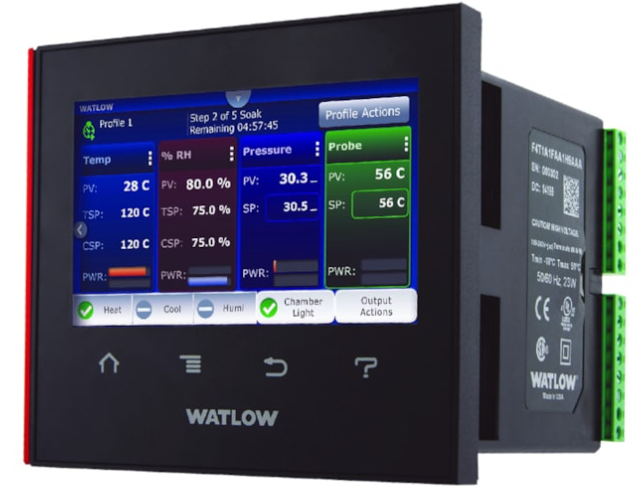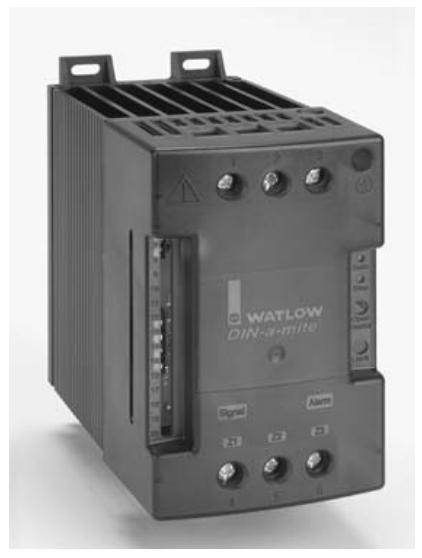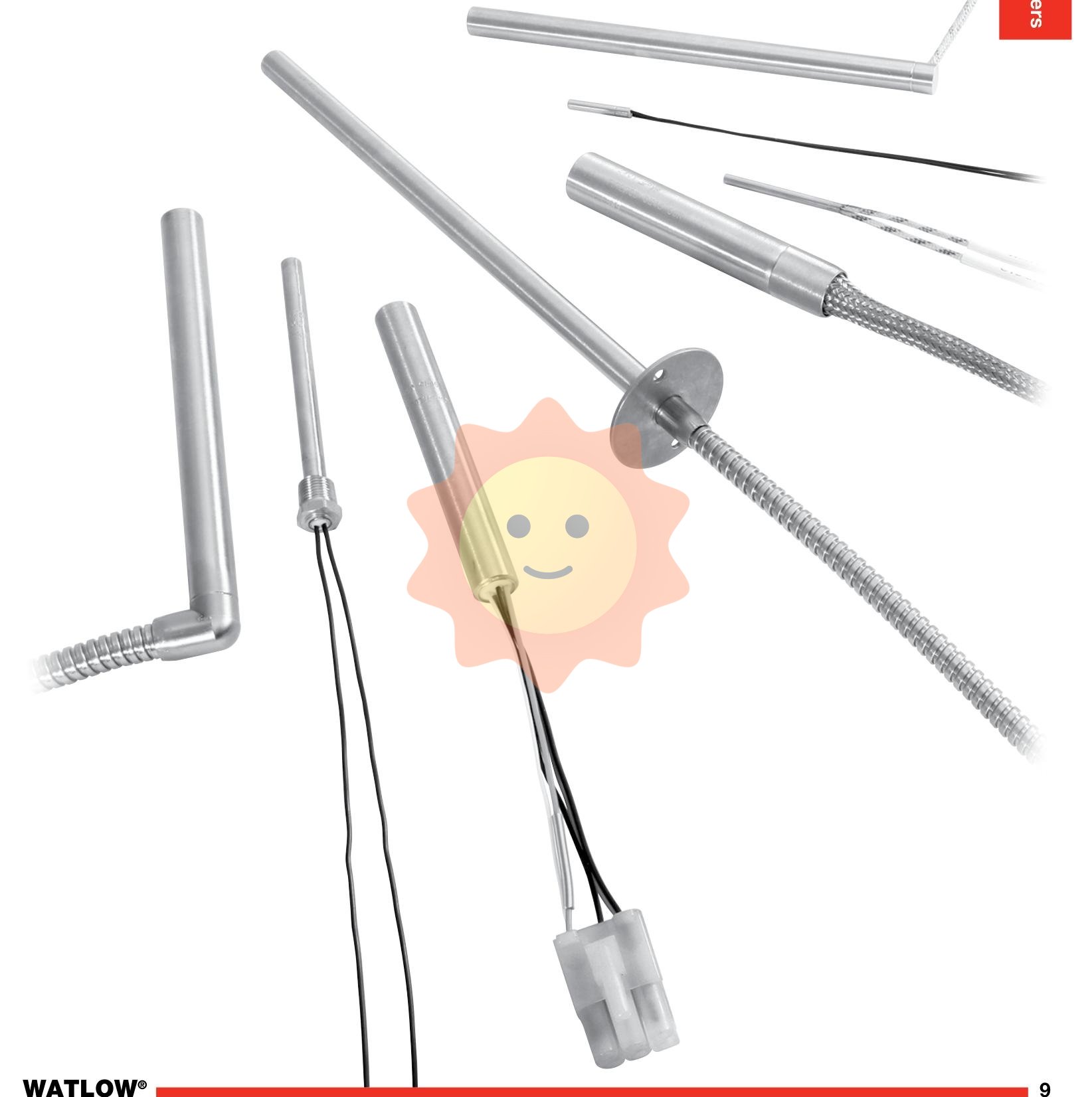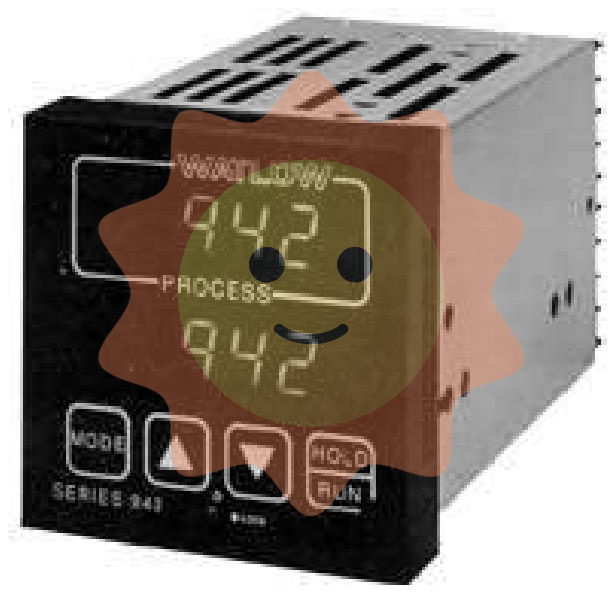GE IC698CPE010-AA Central Processing Units
GE IC698CPE010-AA Central Processing Units
DESCRIPTION
The GE IC698CPE010-AA (commonly referred to as the IC698CPE010) is a Central Processing Unit from GE that is part of the GE Fanuc RX7i family or PACSystem RX7i platform.
Basic performance
Processor Architecture: Based on PowerPC or Celeron architecture (varies from one source to another, some sources state that it is based on the PowerPC architecture with a main frequency of up to 1.2 GHz; others state that it contains a 300 MHz Celeron microprocessor).
Memory: The device has 10 megabytes (MB) of memory for storing data and programming information, maintained by a CMOS battery. In addition, 10 MB of non-volatile flash memory (NVRAM) is provided.
Communication Interfaces: Includes three embedded serial ports (one RS-485 serial port, one RS-232 serial port, and one RS-232 Ethernet Site Manager serial port) and two Ethernet ports. The Ethernet interfaces support auto-negotiation and a function to switch between half-duplex and full-duplex modes.
Functional features
Real-time control: capable of real-time control of industrial machinery and material processes.
Programming and Configuration: Support ladder diagram, C language and other programming languages for programming. Communicates with other devices and modules through the rack-mounted VME64 connection backplane. Configuration and programming can be performed using ProFi cy Machine Edition PLC-Logic Developer software.
Data Monitoring: Supports monitoring of PLC data over a network, allowing up to 16 web servers and FTP connections.
Bit-Word Referencing: Supports bit-word referencing, allowing individual bits to be specified in WORD references in reserved memory as inputs and outputs to Boolean expressions, function blocks, and calls that accept bit parameters.
Test Edit Mode: A Test Edit Mode is provided to allow users to test changes made to the running programme.
Application Areas
GE IC698CPE010-AA central processor is widely used in various industrial control fields because of its high performance and reliability, such as:
Automotive manufacturing
Aerospace
Food processing
Pharmaceutical manufacturing
Power Generation
Petrochemical
Metallurgy
Machinery Manufacturing
Electronic Manufacturing
Logistics and transport
Operation and Maintenance
The device can be operated by three-position run/stop switch, or it can be remotely controlled by connecting the device to a computer and running the corresponding software.
When connecting to a computer, the connection can be made via the serial or Ethernet port. Using the Ethernet port requires an IP address and a Category 5 cable, for serial connections the SNP protocol is used.
The configuration data of the device is password protected to ensure data security.
Technical features
Programmability: Users can program and customise the module according to specific application requirements to achieve precise control of industrial processes and improve productivity and product quality.
Integration and compatibility: The module can be seamlessly integrated with other ABB products and solutions to form a unified automation platform. It also has excellent compatibility with other manufacturers' equipment and systems.
High performance and reliability: High-performance hardware and software are used to ensure stable operation and efficient control in industrial environments. With advanced fault detection and diagnostic functions, potential problems can be detected and dealt with in a timely manner, improving the reliability of the system.
Flexibility and expandability: with modular design, it can be flexibly configured and expanded according to actual needs. Whether it is a small or large project, it can be easily integrated into the existing automation system.
Easy to use and maintain: Provides an intuitive user interface and powerful diagnostic tools, enabling users to operate and maintain with ease.
Application Functions
Multi-functional control: The module can perform a variety of control functions, including logic control, motion control, temperature control, etc., to meet the needs of different application scenarios.
Digital control: Provides digital control functions that allow users to programmatically define and execute control logic to achieve precise control of complex industrial processes.
Communication Capability: Supports a variety of digital communication protocols, such as Ethernet, Profibus, Modbus, etc., in order to communicate with other devices, monitoring systems, or upper level control systems, and to achieve centralised management and monitoring of all parts of the system.
PLC Integration: Compatible and able to be integrated into ABB or other manufacturers' PLC systems to achieve seamless integration and overall synergy with other automation equipment and control systems.

- User name Member Level Quantity Specification Purchase Date
- Satisfaction :
-









Email:wang@kongjiangauto.com

